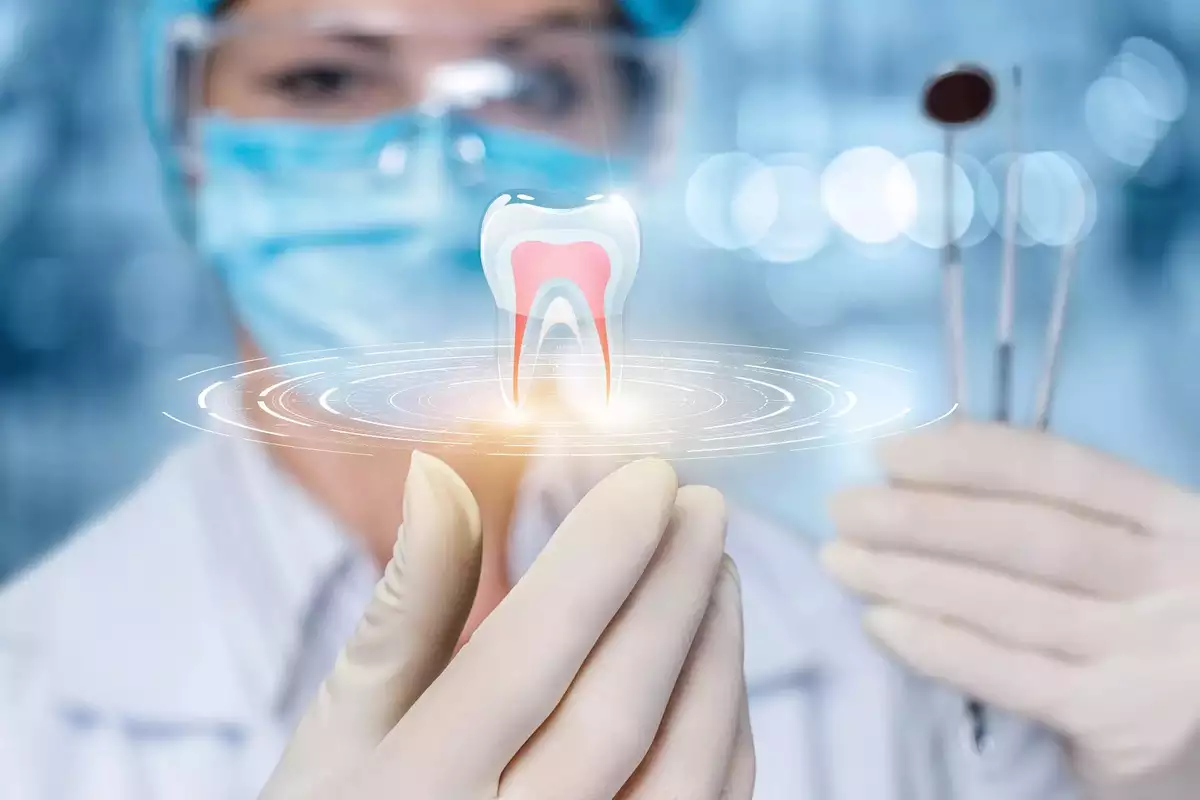
The Covid-19 pandemic underlined the need for pivoting to a digital model for the entire dental industry. Given that we live in a world where customers, particularly millennials and Gen Z, have embraced digital technology and are properly referred to as "digital natives," digital dentistry will acquire even more significance in the new reality.
Many businesses have already realised how important digital transformation is, and some have already started the process already. The epidemic underlined the need for increased digitization in the dentistry industry, with lockdowns and safety regulations restricting normal practise to some degree. A hybrid approach, where personal consultation is enhanced by internet resources, must be a viable choice and one worth exploring for dental practises to succeed in this new reality.
Shaping dental technology's future
As the dentistry industry banded together in reaction to the pandemic, new and frequently inventive methods of reaching the population were discovered. Examples include conducting dental triage or establishing virtual workflows.
The use of digital technologies could improve customer satisfaction overall and make the dentist office more convenient. During the pandemic, when offices were closed to walk-in patients, doctor-supervised tele-dentistry provided a platform for the delivery of timely and essential dental care.
Online communication solutions give experts the chance to keep tabs on the success of their patients' treatments and quickly respond to any inquiries. Dentists and orthodontists are successfully responding to patient inquiries and creating care plans that are, if possible, centred on a digital-first approach. Dental practises have been able to stabilise their businesses even during the pandemic thanks to the additional capacity created by digital dentistry. Additionally, it has helped establish an omnichannel approach to dental consultation, which has helped manage time and provide patients with remote care.
Involving the younger generation
Digital dentistry services are prospering in the UAE, where 85% of the population is under the age of 45. This is due to the widespread use of smartphones and the internet, which has made the shift essentially painless. Dental care is not only here to stay, but demand for it will also increase.In fact, a recent research by the UK's Oral Health Foundation found that those under 35 spend, on average, three times as much on dental treatment than the general population.
The majority of Generation Z prefers to schedule an appointment right away. Their primary sources of information are social media and other digital channels. Online tools are here to stay, despite the fact that we must caution people against making decisions solely based on online evaluations and social media talk rather than contacting a dental professional first.
More foreseeable results
The practice's dynamics have undoubtedly changed as a result of the transition to digital dentistry and the use of such cutting-edge tech. Physical consultations will undoubtedly always be crucial, but digital tools enable dental professionals to follow a more flexible hybrid paradigm.
The true benefit of this strategy is that it increases patients' confidence by making results more predictable. It is crucial that we adapt to digital dentistry practises as the globe experiences a generational shift and the younger generations are ready to have a significant role in influencing behaviours.